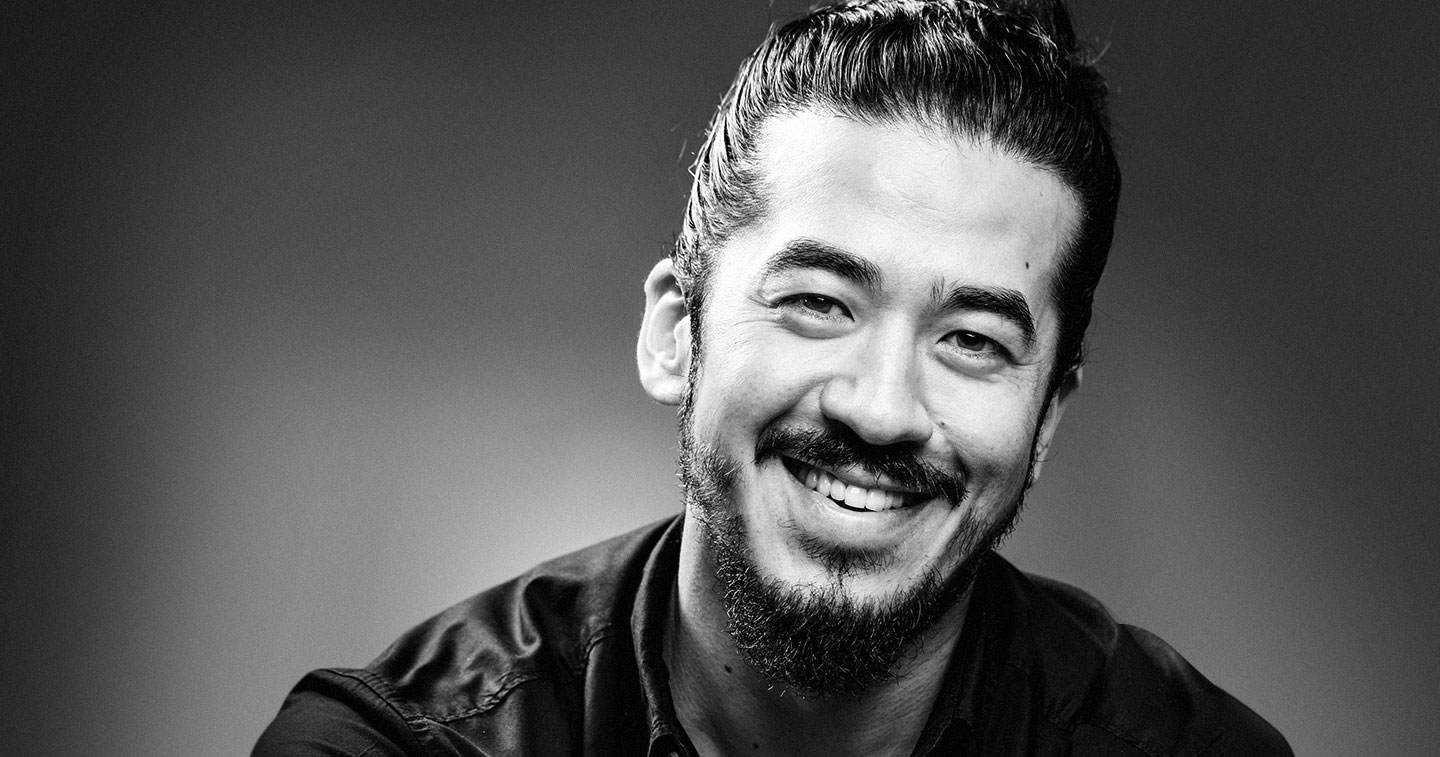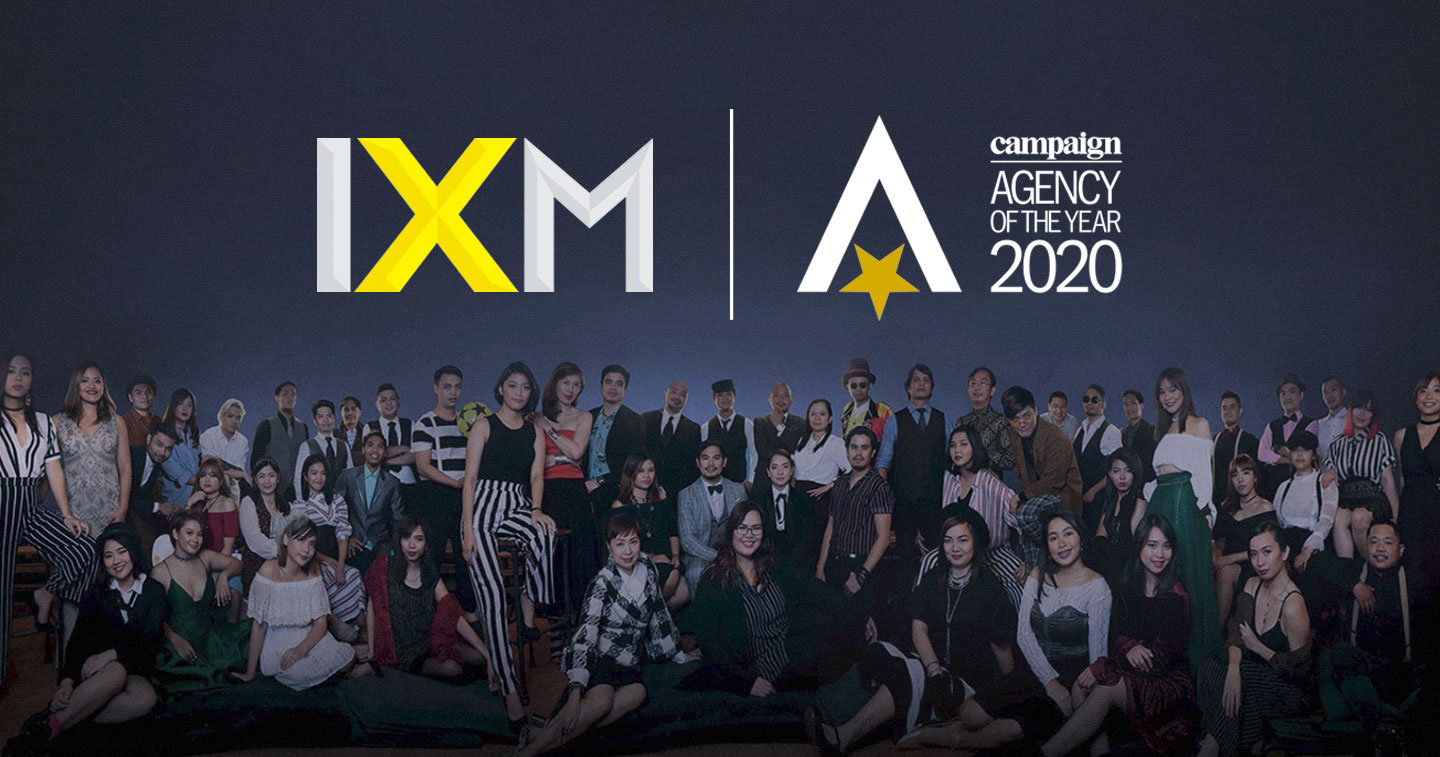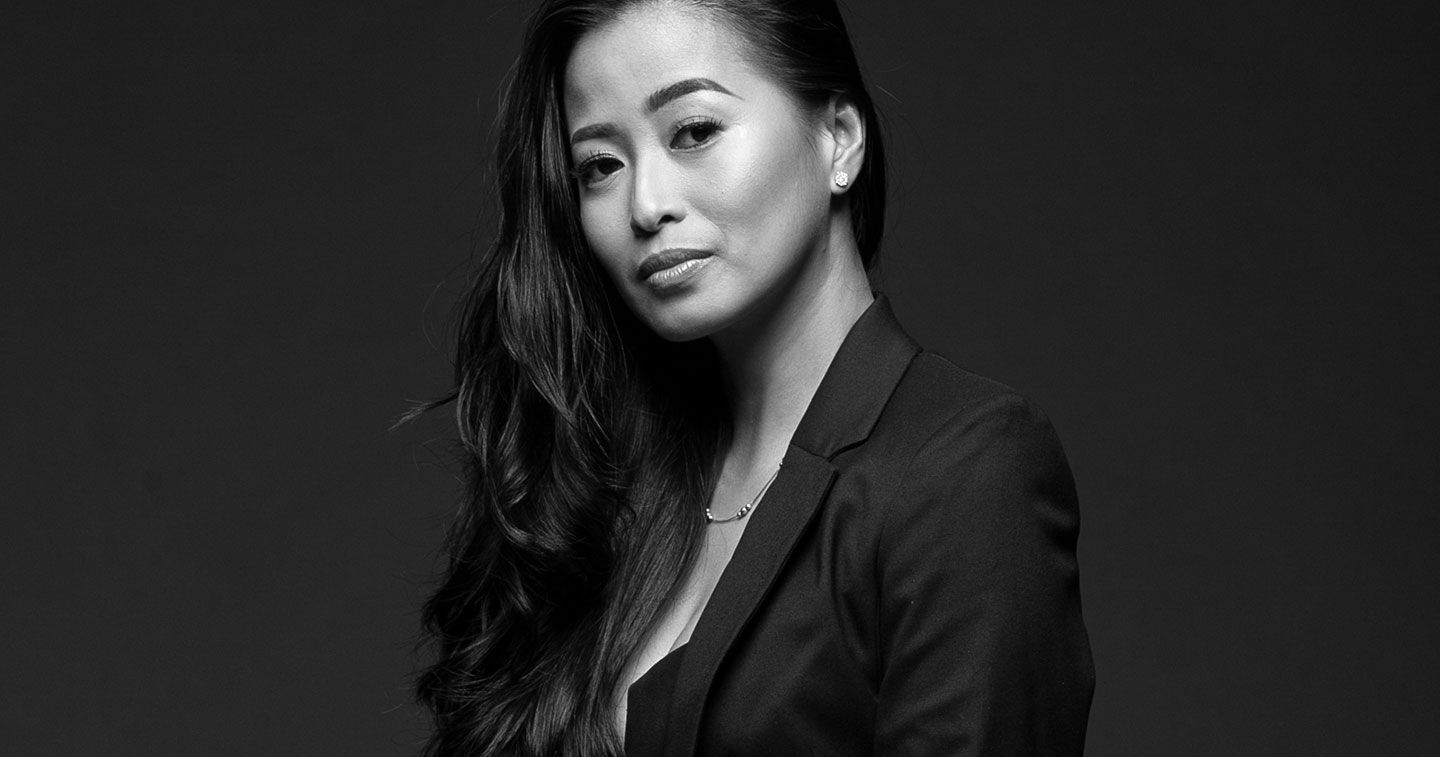We sit down with Angela Thakur, CJ Jimenez, Pam Garcia, and Gino Borromeo to learn about the trends and disruptions they see happening in 2017
DEFINE YOUR JOB.
Angela: The planner is the introvert sitting in a corner, planning world domination.What I like to do is understand people and I can help companies do that.
Pam: There are people who say the planner is like the first creative leap that’s consumer advocate at the same time. So, he was saying if the creative person comes in the room and his first two words used to be, “Guys, this is my idea.” Or he’s like self-centered “my idea.” The Account Person will say, “This is what my client is into, what his product is about.” So, the planners role, I’m supposed to say, “This is what I learned from our consumer,” or in this case, right now, the people we serve. So, I guess that’s kind of how I try to explain it to my kids today. I’m the person who is the most chismosa in the office about people.
CJ: Mon Jimenez once said that “Planners are the conscience of an agency.” That entails a lot of things. I’ve also heard some other people say that planners are like the guidance counselors in terms of the behavior and interaction of the agency. We’re always in the middle, trying to mediate things, and that’s precisely what a conscience is. It’s like weighing different, varied opinions which all have significant merits. And finding one is best for the branding of the business or the consumer.
Gino: Navigation. We’re now in a world that’s more chaotic and crazy, so clients will need help navigating it.
CJ: As creatives get more and more into tech and other details, planners have to care more about selling, and understanding what the client language is, and what the creative language is, by finding modes of translation.
Pam: You’re also the storyteller that puts a layer of authenticity into it, so by the time your creative, whether or not he likes to own the show, you make it easier for him or her to tell the story. That’s for particular clients. Then for other clients, it’s, data. There are other clients who can approve the idea if there’s data behind it. We’re the ones who kind of tell them that. Your creative is actually your internal client.
Angela: You’re the person that everyone has to trust. The client has to trust you, the creative has to trust you. Consumers have to trust that you have their best interest.
CJ: Now, with so much data out there, it’s about filtering the right stuff for the right person.
Pam: It’s like a curator.
TELL US ABOUT TRENDS AND DISRUPTIONS?
Pam: Programmatic buying, is interesting to a planner because it tries to choose the context, the perfect context, for a specific consumer, and it is the most open to the ad that you’re serving to them.
Angela: The problem with trends is that they put so much pressure on clients to act without thinking if it’s the right move for them. Everyone’s like, “Oh, it’s new. I need to do it. Otherwise, I won’t be able to connect with people.” That’s completely incorrect. You fit it with what the goal of your brand is, and if the goal is in line with using that type of technology, all well and good.
Gino: It’s FOMO (fear of missing out).
CJ: It’s precisely figuring out how to use them properly, that particularly, planners feel responsible for.
HOW DO YOU RECOMMEND WHICH TRENDS ARE APPROPRIATE FOR A BRAND?
Angela: We base it on their goals. You choose which trend to go into, based on what they wanna achieve for the next three months, the next six months, the next year, and in the long term.
Pam: JWT has 100 trends every year that’s open to the public. You can just go to JWT Intelligence and download it. But these clients, they still want it reported to them.
Gino: The hard part is discernment. You try to separate what is the human behavior really about versus the manifestation. Given the example, Tinder. The question is, is Tinder going to be around in two to three years? What’s valuable about Tinder, it’s still hitting a fundamental human behavior. People are looking for new ways to find love. If it’s hitting the right notes, it’s that, more than Tinder. That’s what lasts. That’s what differentiates a trend from a fad.
WHAT’S THE FUTURE FOR AGENCIES?
Angela: The definition of what we’re doing for our clients is expanding. In the past, we were just selling a product. Now, we have to sell the product, we have to teach people how to use it, we have to talk about the after-sales experience, customer service. We’re going to be more involved, internally, with the little things, including how you answer your hotline. The future of the creative agency is not just to be creative anymore. It’s a balance of getting so involved that we’re helping them with these little things, but also maintaining that objectivity. Because we are outsiders, and we’re not handling the day-to-day, and we can keep clients on the correct path, because we’re objective.
If they have an in-house agency, they’re saving so much. And it’s more time-efficient, because there’s less back and forth. But what’s missing from the formula is a consumer representative. If you have an in-house formula, basically, the person who you are indebted to, responsible to, is the owner of the brand, and you have to say yes to them.
CJ: With a lot of the stuff that’s coming in, so automation, bots, and AI, a romantic way of thinking is that agencies always retain that humanity of the whole part of communications process throughout.
Pam: Creative agencies will still be innovators to solve human challenges or pain points.
Photo by Red Rivera







